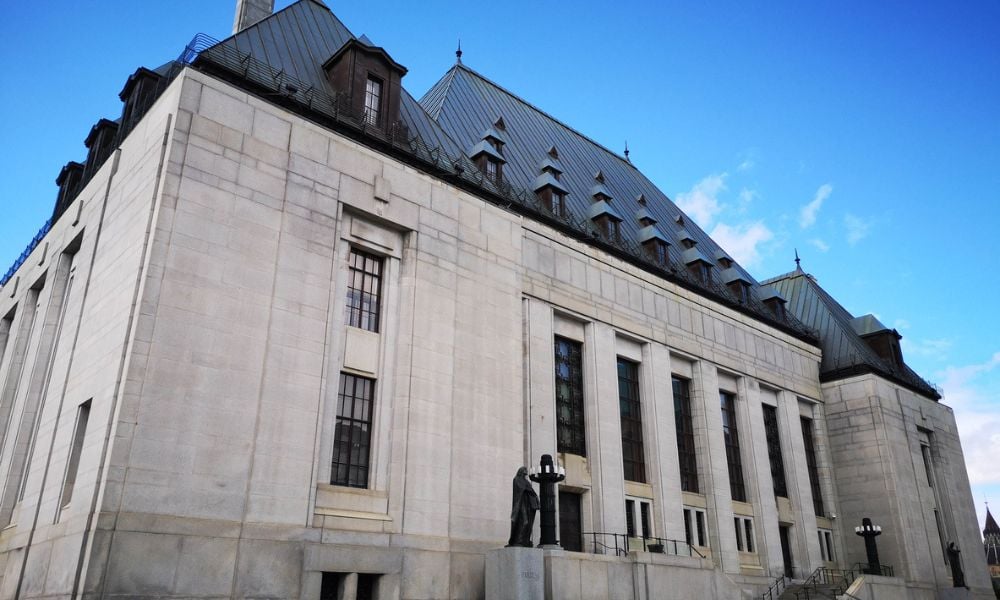Driver found not responsible for injuries of person who stepped into traffic

A motorist who hit an intoxicated pedestrian had the right of way and was entitled to assume that other highway users would follow traffic rules, the British Columbia Supreme Court has ruled.
In Johal v. Dhaliwal, 2022 BCSC 444, Gurminder Singh Johal was hit by a vehicle as he stepped into a traffic lane at a mid-block location on King George Boulevard, a major street in Surrey, B.C. It was dark out and Johal was wearing dark clothing at the time of the accident. He was also heavily intoxicated with a blood alcohol concentration (BAC) level three times the legal limit for the operation of a vehicle.
Johal suffered a serious head injury that required surgery. He conceded that he was negligent, but he asserted that the defendant – the driver of the vehicle – was also negligent. He described the location of the accident as “very well lit” with a high pedestrian traffic. He compared the area to the Downtown Eastside neighbourhood of Vancouver, where there are many pedestrians, intoxicated people, and drug users. Johal claimed that in such a setting, drivers must be vigilant and on the lookout for jaywalking pedestrians.
The defendant claimed that Johal was entirely at fault for the accident because he was heavily intoxicated, dressed in dark clothing, and he stepped out onto a roadway of a busy thoroughfare from mid-block even though there was a nearby crosswalk at a controlled intersection.
The court said that both the provincial Motor Vehicle Act and common law require motorists and pedestrians to exercise due care. Citing case law, it explained that the party with the right of way is entitled to assume that other highway users will obey the rules of the road, and that drivers are ordinarily entitled to expect that adult pedestrians will not jump out directly in front of them as they are proceeding lawfully along the street. Nonetheless, case law also stated that if the driver had sufficient opportunity to avoid the collision but did not take appropriate evasive action, he or she will be found negligent.
In this case, the court ruled that the defendant had the right of way, and she was entitled to assume that other highway users would obey the rules of the road. The court also found that she was driving at a speed well within the speed limit and her view of Johal was obstructed seconds prior to the accident. She never saw Johal before impact and even if she had seen him, she did not have adequate time to react to the hazard and take evasive or braking action.
Given these circumstances, coupled with the fact that Johal was wearing dark clothing and was heavily intoxicated, the court concluded that Johal had failed to establish negligence on the part of the defendant. He was solely and entirely at fault for the accident.










